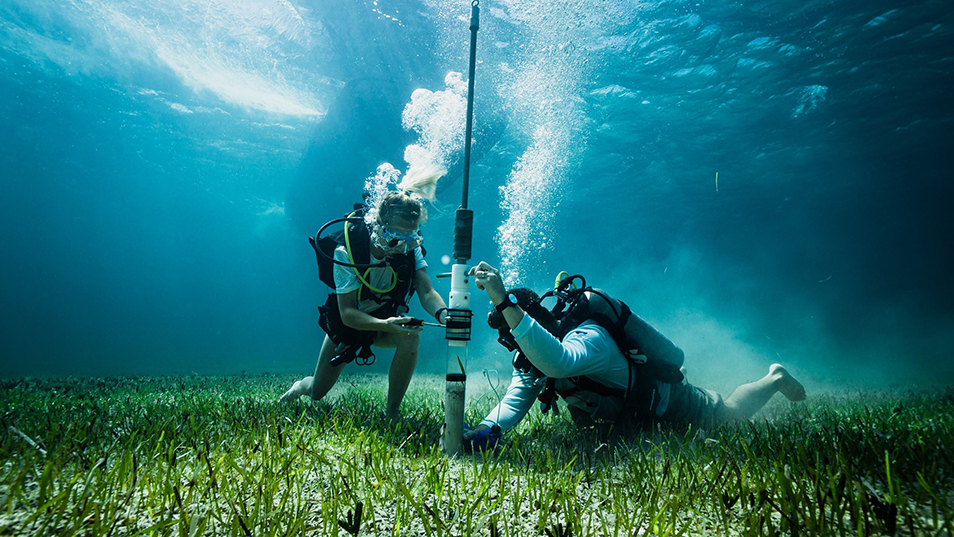Contact us
401 W. Kennedy Blvd.
Tampa, FL 33606-13490
(813) 253-3333
When Andrew McDougall ’23 came face-to-face with a shark in the Bahamas this summer, he wasn’t scared.

Beneath the Waves conducted BRUVs research, as well as sediment coring in the Bahamas in late May. Photo courtesy of Drew McDougall
An entrepreneurship major with minors in new media and marine biology, McDougall was awarded the Timothy M. Smith Inspiration Through Exploration Award this semester. The $2,500 award, given through the Honors Program, allows the recipient to travel during the summer and find inspiration.

Andrew McDougall ’23 was tasked with capturing the research conducted by Beneath the Waves through photography and video. Photo courtesy of Drew McDougall

McDougall explained his role as making complex research digestible for all audiences through film and photography. Photo courtesy of Drew McDougall
Have a story idea? Contact Brianna Kwasnik, Digital Content Editor/Writer
Read more UT Life stories.
Subscribe to News and UT Life.
More UT News